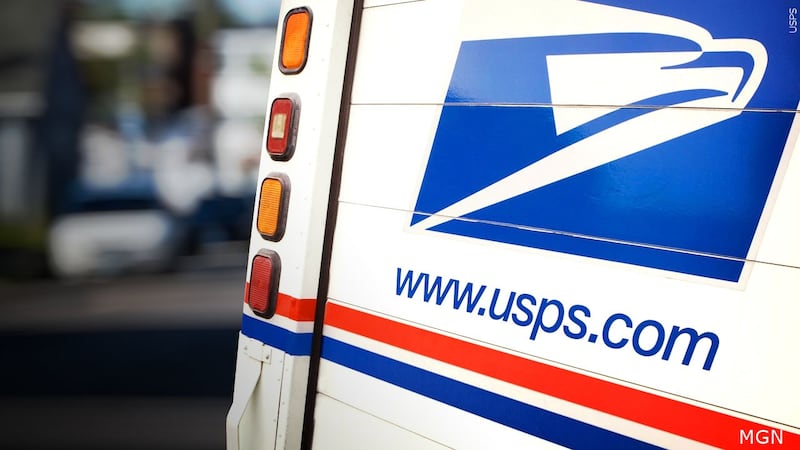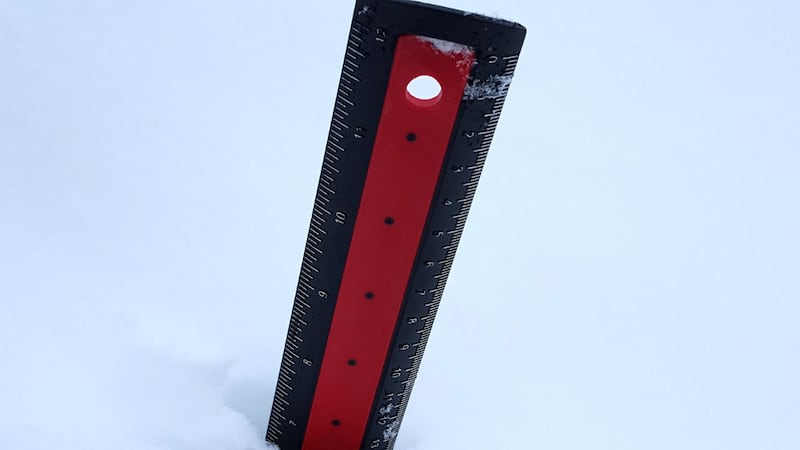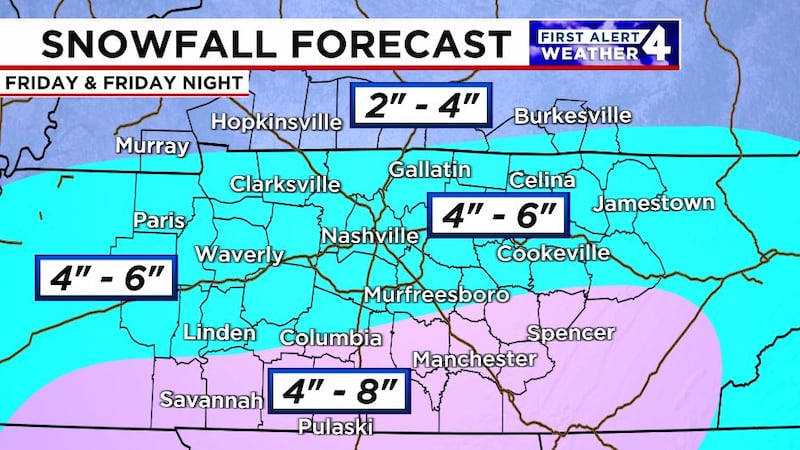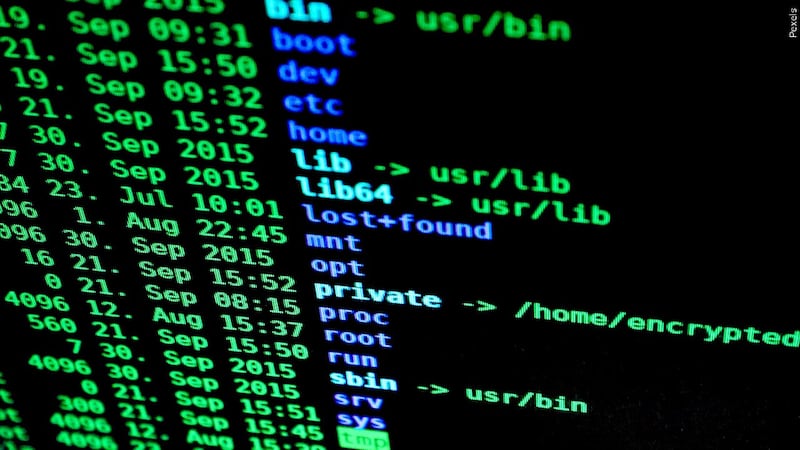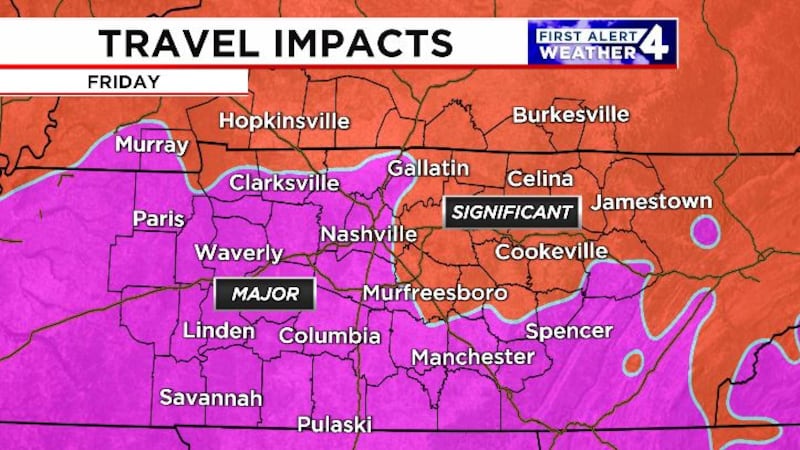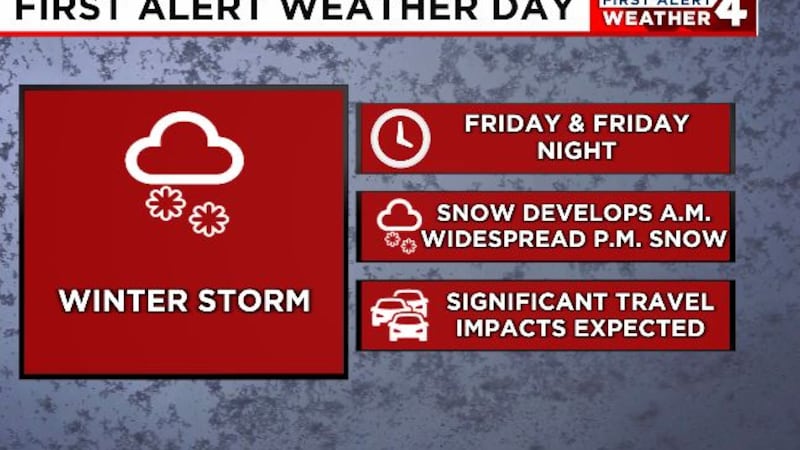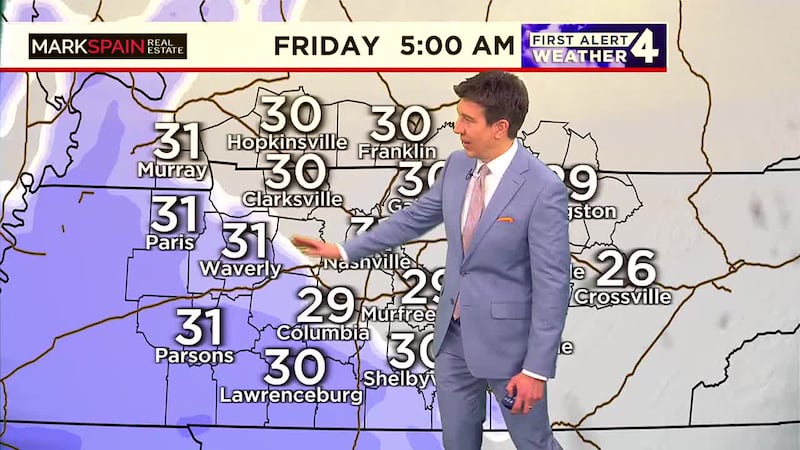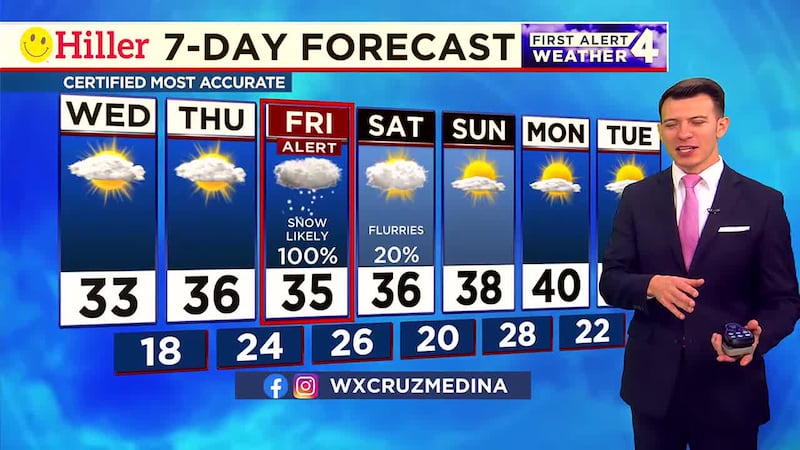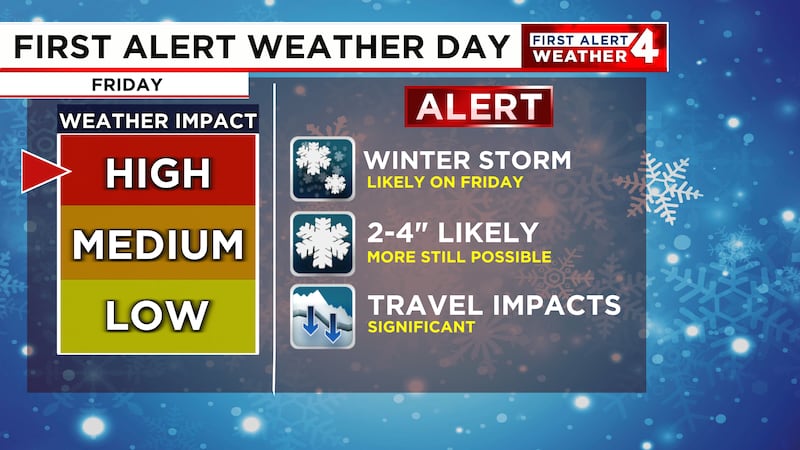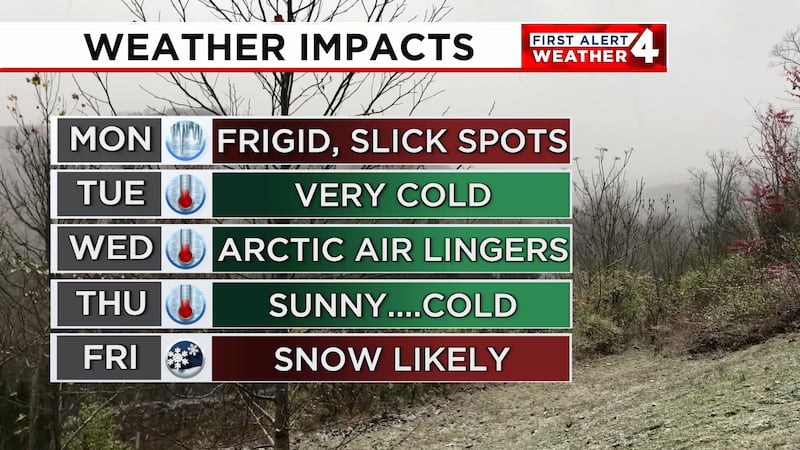Reducing pollution with a new weather balloon device
The device has been tested by the Swiss Federal Office of Meteorology and Climatology.
NASHVILLE, Tenn. (WSMV) - Weather balloons are launched daily across the globe but become a waste problem after the fact — a new device can prevent that waste.
Weather balloons play a huge role in weather forecasting. There are nearly 1,800 weather balloons launched globally each day. 92 of those weather balloons are launched in the U.S. alone each day.
Why are weather balloons important? Weather balloons have a radiosonde attached. They are used as a way to measure the temperature, humidity, wind, and pressure in the atmosphere. The larger the balloon, the higher it rises.
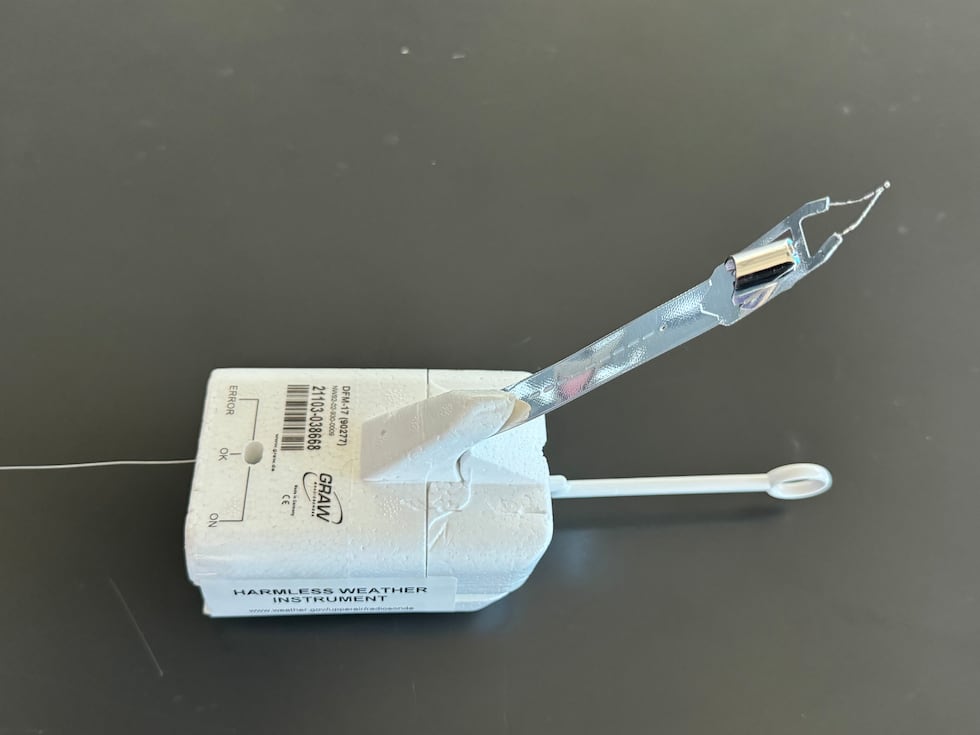
A radiosonde, the instrument attached to the balloon that gathers the data, is a small instrument package that relays the data back to forecasters via GPS. Once the balloon rises to a certain height, it pops and lands as waste over land or water.
About 80% of weather balloons and radiosondes are never recovered. This creates a waste problem and also proves to be expensive as continually buying these sensors adds up over time.
A master’s student at EPFL University in Switzerland, Yohan Hadji, has created a solution to the waste problem, that comes with weather balloons, that still allows the data to be collected.
Hadji created a small foam glider equipped with a guidance system, that is attached to the weather balloon, and can automatically fly back to a predetermined spot. It is known as a “glidersonde.”
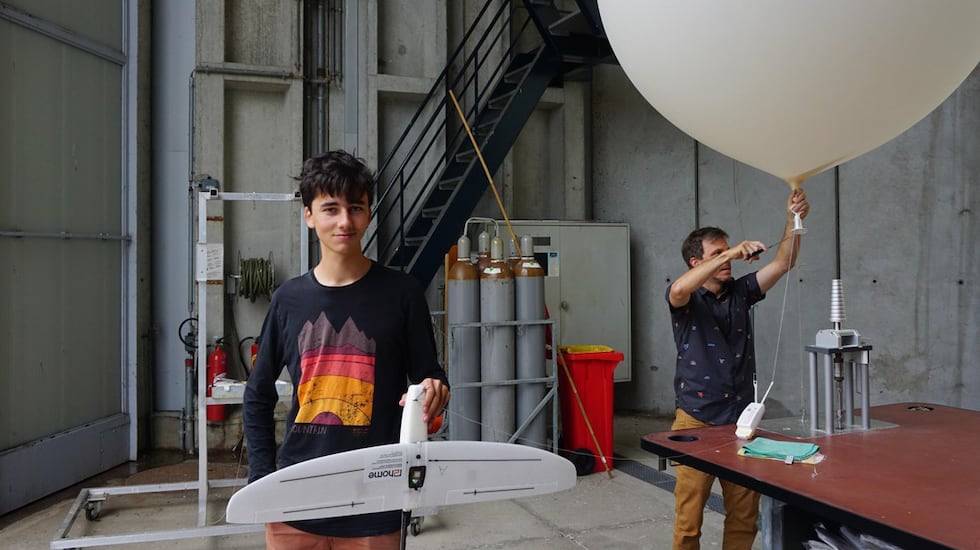
Hadji says his start-up is called R2Home. His device has been tested by the Swiss Federal Office of Meteorology and Climatology (MeteoSwiss) this summer. The “glidersonde” has been tested 60 times and has successfully returned to within a 15-meter radius of the desired location each time.
The entire unit weighs a mere 1/2 pound. This allows the weather balloon to ascend like normal and so far hasn’t been proven to negatively impact the data.
Copyright 2024 WSMV. All rights reserved.
